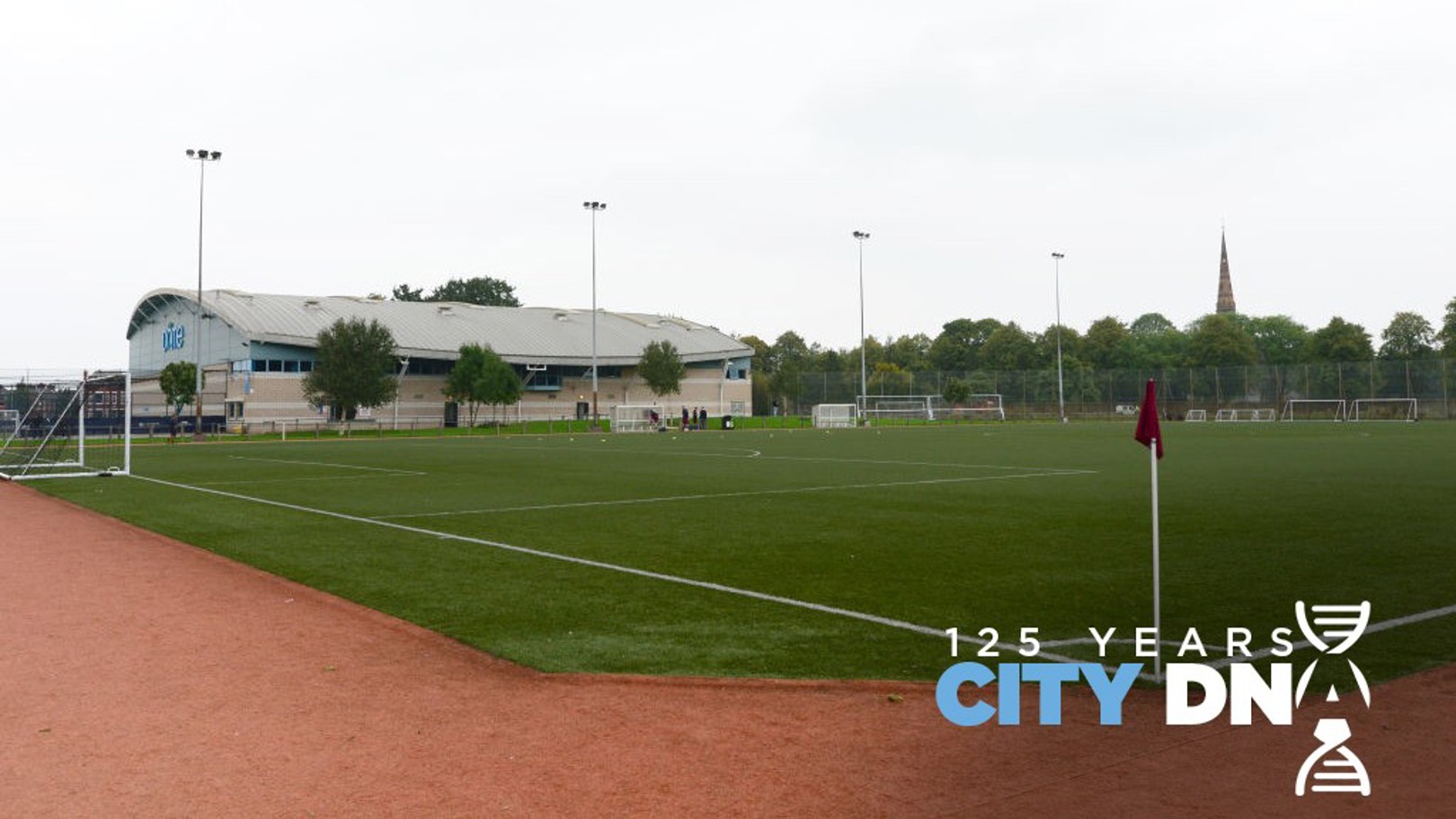A vastly different training ground, but one steeped in history and one which housed Manchester City for 35-years.
It is inextricably linked with the Club and one we therefore had to mark in our 125th anniversary series, City DNA.
READ | City DNA #51: A European competition nobody wanted
READ | City DNA #50: Steve Daley - Transfer record break
Lying in the south Manchester suburb of Fallowfield, Platt Lane originally served as the headquarters of the Manchester Police Athletic Club and was somewhere City would occasionally train in the 1970s.
Towards the end of the decade the Club pitched to take over the complex, with the first team moving into the facility in 1979, after a period of redevelopment.
Having worked in conjunction with the council, Platt Lane became City’s training ground by day, whilst being made available for community use in the evening and remained home to our senior set-up for the next 22 years.
What made Platt Lane special and why fans of a certain age will remember it so fondly, was its accessibility.
Not only was it minutes away from Maine Road, but the training pitch was visible for all to see, separated from the adjacent Yew Tree Road and Platt Lane itself from which the facility took its name by only a tall crisscross wire fence.
It meant fans could watch their heroes in action and they often did so in numbers, whilst children could wait by the entrance in the hope of grabbing an autograph – a rite of passage for any young Blue.
It also meant players were acutely aware of the feeling amongst the supporters.
“I remember people watching through the fence, threatening us to win on a Saturday,” recalled Gareth Taylor in 2014, while Joe Royle famously said it felt like “feeding time at the zoo” and urged the Club to find a new, more enclosed training base.
Though success on the pitch was lacking, Taylor was one of a host of popular players who stepped through the doors of Platt Lane whilst it hosted the first team.
The likes of Joe Corrigan, Paul Dickov, Giorgi Kinkladze, Paul Lake, Andy Morrison, Paul Power and Alex Williams all honed their skills at our Fallowfield base, before we upped sticks and moved to Carrington in 2001.
However, that wasn’t the end of City’s association with Platt Lane.
With the first team training elsewhere, the complex became the home of our Academy set-up.
It proved a happy and fruitful 13-year marriage, with forty-five young players progressing through the ranks to make their first team debut.
Amongst them were 2012 Premier League champion Micah Richards; Nedum Onuoha and Stephen Ireland, who racked up more than 100 appearances for the Club; and Kasper Schmeichel, Daniel Sturridge and Shaun Wright-Phillips, who all won Premier League titles elsewhere.
But, progress, as they say, is impossible without change.
After the takeover in 2008, the Club had its sights set firmly on success and put the building blocks in place for everything we’ve celebrated over the last decade.
A state-of-the-art training facility, housing the entire Academy set-up as well as the men and women’s first teams was one of the top priorities and the CFA was opened in 2014.
It meant our time at Platt Lane officially ended in November of that year.
Our U18s, then managed by Jason Wilcox, had the honour of playing the last competitive game there – a 1-1 draw in a U18 Premier League encounter against Stoke City, with Callum Bullock netting our final goal.
It was the end of era for City, as a place which provided a treasure trove of memories for players and fans alike passed into the hands of Manchester County FA, before being taken over by Manchester Metropolitan University, who remain in control of the site today.








